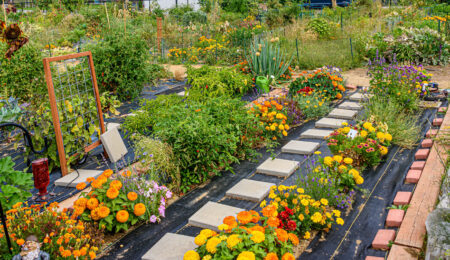Living in a thriving and positive neighborhood is a shared aspiration for many. The key to achieving this lies in active and positive neighborhood engagement. When residents come together, connect, and contribute, the entire community flourishes. In this guide, we’ll explore practical tips for fostering positive neighborhood engagement, creating a vibrant atmosphere where everyone feels a sense of belonging and shared responsibility.
1. Foster Open Communication
The foundation of positive neighborhood engagement is open communication. Establish platforms, whether online or through community meetings, where residents can share information, updates, and ideas. Open communication fosters a sense of transparency and inclusivity, creating a foundation for positive interactions.
2. Organize Regular Neighborhood Meetings
Host regular neighborhood meetings to provide a space for residents to discuss community matters, voice concerns, and brainstorm ideas. These gatherings promote a sense of community involvement and ensure that everyone has a say in shaping the neighborhood’s direction. Encourage active participation to strengthen positive engagement.
3. Create a Welcoming Environment
Foster a welcoming atmosphere within the neighborhood. Greet new residents, organize welcome committees, and initiate neighborhood orientations. A friendly and inclusive environment encourages positive engagement, making everyone feel valued and an integral part of the community.
4. Establish Community Committees
Create committees dedicated to specific aspects of community life, such as events, safety, or beautification. These committees allow residents to contribute their skills and interests, promoting positive neighborhood engagement. Working together on shared goals strengthens the sense of community and shared responsibility.
5. Celebrate Milestones and Achievements
Recognize and celebrate the milestones and achievements of the neighborhood. Whether it’s acknowledging individual accomplishments, commemorating anniversaries, or celebrating community projects, highlighting positive aspects creates a culture of appreciation and fosters engagement among residents.
6. Encourage Skill and Knowledge Sharing
Initiate programs that encourage residents to share their skills and knowledge with the community. Whether it’s a workshop, a mentoring program, or a skills exchange, creating opportunities for shared learning strengthens positive neighborhood engagement. Residents feel valued for their contributions, fostering a sense of pride in their community.
7. Support Local Initiatives
Encourage residents to support and engage with local initiatives and businesses. Collaborate on events or projects that benefit the neighborhood, such as supporting local markets, participating in charity drives, or contributing to community improvement projects. Positive engagement extends beyond individual interactions to a collective effort for the greater good.
8. Build a Culture of Collaboration
Promote a culture of collaboration within the neighborhood. Emphasize the importance of working together to address challenges, implement improvements, and enhance the overall quality of life. Positive neighborhood engagement thrives in an environment where collaboration is valued and celebrated.
Conclusion: A Thriving Community Through Engagement
Positive neighborhood engagement is the cornerstone of a thriving community. By fostering open communication, creating a welcoming environment, and encouraging collaboration, residents contribute to the overall well-being of the neighborhood. Together, residents can build a positive and vibrant community where everyone thrives.




Leave a Reply